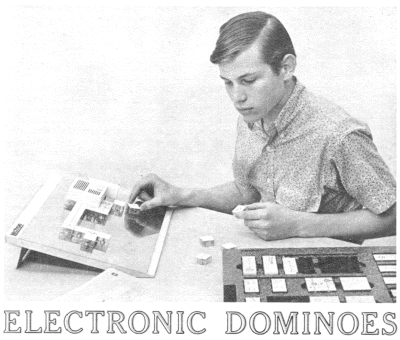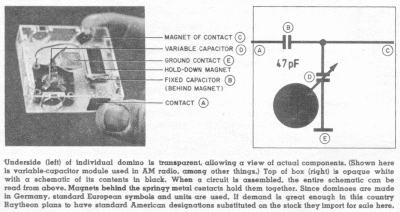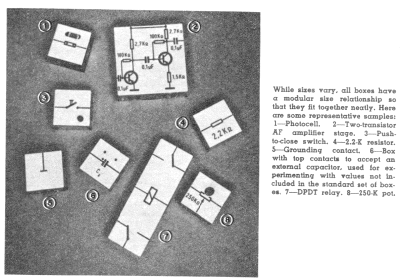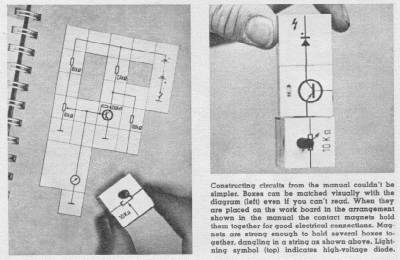Simone gave a presentation in her classroom today about Dolphins. She used questions to start the talk and to lead the way through it. Her peers listened avidly and raised their hands to ask questions or add a note from their own experiences. Here is her talk:
Last summer when my family and I went boogie boarding in California, a pod of dolphins came by and started leaping around us. Then, over the holidays we went to a dolphin park in Cabo, Mexico. Ever since then, I have wanted to learn more about Dolphins. Today I am going to share what I have discovered with you.
What are “Curtains of Death?”
How are Dolphins like bats? (Or…What is echo-location?)
What are nursing grannies?
How do Dolphins Sleep?
Here are the answers to those questions ….and a few others.
1.) Dolphins are Mammals just like us. They are not fish. Mammals are warm-blooded, breathe air, get milk from their mothers', are born alive and have body hair. (Yes dolphins have just a few hairs by their blowholes.)




2.) How are Dolphins like bats? (Both use Echolocation or sonar to see in the dark. )




Dolphins have individual sounds just like we have names. They make clicks, whistles, squeaks and moans. When they are searching for food in dark or murky water, they make those sounds and then they listen for the echoes that bounce back. In this way, they can find fish hiding under the sand or in a murky stretch of water.
3.) Calves, Nursing grannies and Pods.

Baby dolphins are called calves and 50% of them die in their first year of life. In the beginning the dolphin mother has to push the calf up to the surface with her nose every time it needs a breath. Often two or three dolphins from the “pod” help protect and care for a newborn.
Later when the dolphin is older but perhaps not quite strong enough to swim to depths of 2000 feet where a delicious squid might be, they stay on the surface with the “nursing grannies” and if they get hungry waiting for the others to return with squid food, they nurse from the older moms. This is one of the many ways that a pod of dolphins works together.
Pods can be as big as thousands but usually have about 300 members.
4.) How do Dolphins sleep without drowning?
Dolphins do not breathe like us. They have to remember to take a breath once or twice a minute. Our bodies do that on their own. Because of this Dolphins can’t go to sleep, so what they do is rest one half of their brain at a time.
5.) What are “Curtains of Death?”


Tunafish and dolphins often swim together in the ocean. The Dolphins swim closer to the surface and the tuna swim below them. Fisherman know that when they see a dolphin leaping about in the ocean, tuna-fish are likely to be below.
When the fisherman dropped their nets they would trap dolphins too and they would die by the hundreds of thousands and thus the nets were named “Curtains of Death.”
(Pull out the can opener from your holster)
My mom said that when she was younger there was an ad on TV where a bunch of kids dressed up like cowboys said, “how do you kill a dolphin?” and then they pulled out can openers from their holsters. The ad got people to stop eating tuna and forced the fisherman to figure out another way to fish!
Today most fisherman use a net that they can drop down so that it closes only over the tuna and lets the dolphins swim out. Today most people are careful to eat cans of tuna that say “Dolphin Safe” on them.
The last thing I want to share is that Dolphins are fun to play with. There skin feels a little like the leaves of this tulip flower or like the thick rubber of this oven glove.

When I rode on the dolphin it felt secure and easy. I held onto the flippers.
(Pass around the rubber glove that feels a bit like Dolphin skin.)
The dolphin went about 5 miles per hour but if a dolphin was being chased it can go as fast as 55 miles per hour.
This was fun to share! Thank you for listening!















































